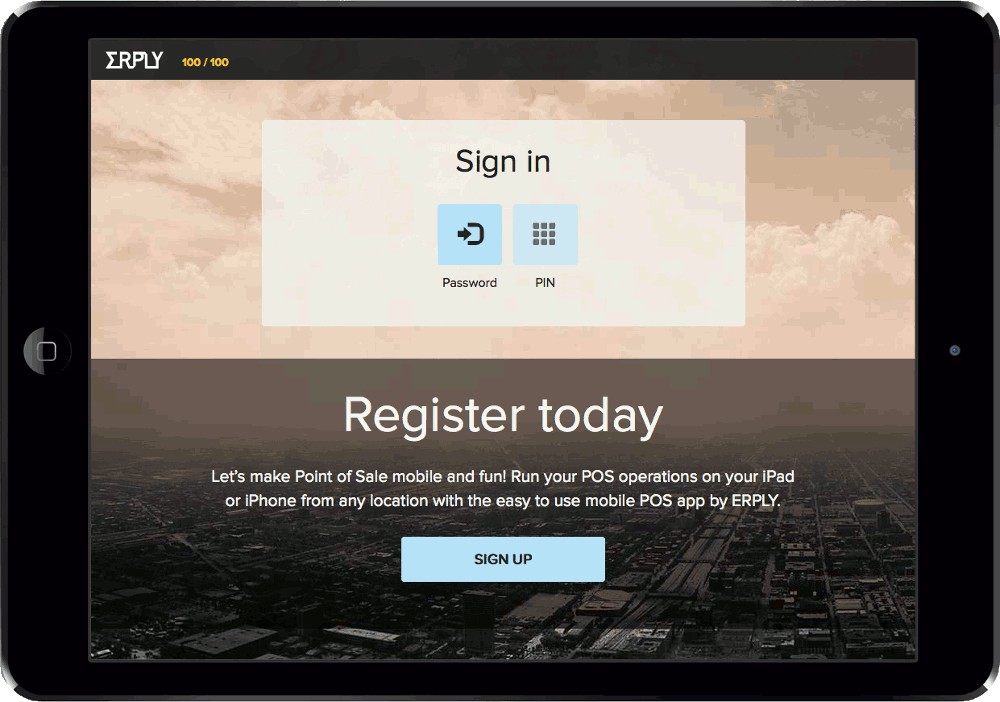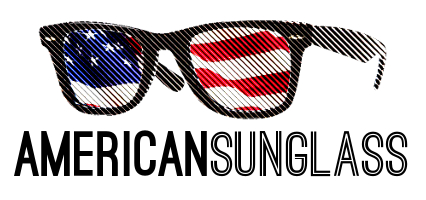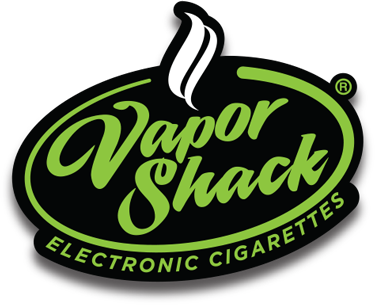In the success stories of H&M, Zara, Ikea, and Walmart, luck is not a key factor.
In fact, a case study shows these triumphs can be replicated in any industry.
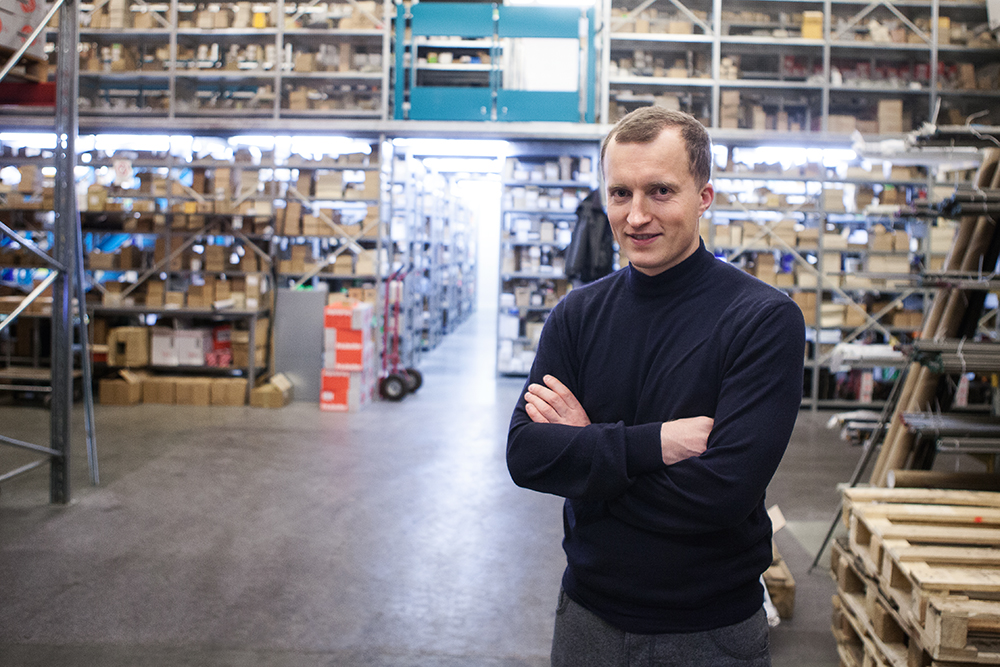 The clothing retailer
The clothing retailer H&M
was founded in 1947, but during the last decade, the company has made it to the top with $20.3 billion yearly sales.Forbes now lists
H&M
#31 in its brand value Top 100, along with Apple and Coca-Cola. In a decade, retail giant Walmart has grown from $70 to $127 billion. Similar fortune is walking with highly successful clothing chain
Zara
($14.4 billion yearly) and furniture megastore
IKEA
($28 billion).
Price Economy with Short Lead Times
H&M has 3500 stores in 55 countries, with a huge supply network, warehousing, and logistics to handle. H&M's operations are built around a team of 100 designers, who work closely with a baffling number of companies on the production side – having no factories of its own. H&M cooperates with over 700 suppliers, 60 pattern makers, and 20 worldwide production centers.
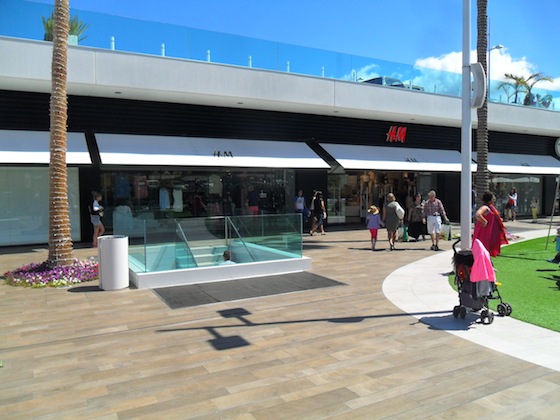
Though it's vital to follow fashion trends, the clothing retailer's success is bound to the price economy. This is where inventory management strategy steps in.H&M manufactures
80%
of its retail inventory in advance and, during the year, introduces the remaining
20%
based on present-day market trends. Affordability is reached with strong supplier relationships, paired with manufacturing strategies that reduce lead times. H&M has 30 international supply partners, and a central inventory management software system.
Adopting a modern IT infrastructure has brought the average lead times down by 15-20%.
Flexibility and short lead times reduce the risk of buying the wrong items. This allows H&M stores to restock quickly with the bestselling products at economical prices.
Zara Avoids Inventory Buildup
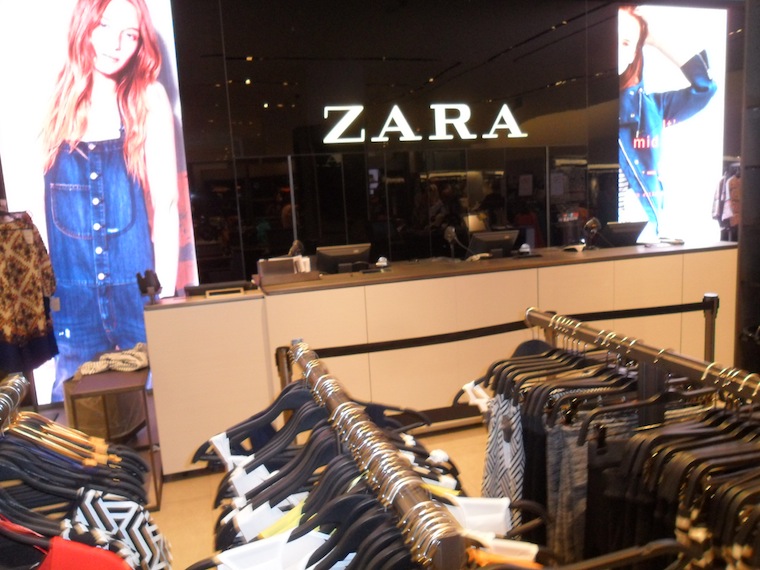
Zara is a large retail chain with its 6,900+ stores in 86 countries and 450 million items sold in a year. The retailer has opened about 400 stores annually on average over the past 5 years spread out among eight brands. The brand is renowned for its ability to deliver new clothes to stores quickly and in small batches. Twice a week, at precise times, store managers order clothes, and twice a week, on schedule, new garments arrive. To achieve this, Zara controls more of its supply chain than most retailers do. On the contrary to H&M, Zara keeps a most of its production in-house. For Zara, its supply chain is its competitive advantage. In-house production allows it to be flexible in the amount, frequency, and variety of new products to be launched. Incredibly, it designs, manufactures, distributes, and retails clothes within 2 weeks of the original design first appearing on catwalks. Six months in advance, Zara commits to only 15 to 25 percent of a season’s line. And it locks in merely half of its line by the start of the season, meaning that up to 50 percent of its clothes are designed and manufactured right during the season. If a style becomes highly popular all of the sudden, Zara reacts instantly, creating a new design in the popular style, then gets new items into stores while the trend is still peaking.
From Customer Feedback to Inventory Management
Zara's inventory management software lets the store managers communicate customer feedback on what they’re looking for, what they like and dislike. Zara's designers keep sketching, based on the data. Constant slight changes give customers a sense of scarcity and exclusiveness. This strategy allows Zara to sell more items at full price. Less mark-downs, less inventory piling up in any part of the supply chain from raw materials to finished products. Inventory optimization models are used, so the company can determine the quantity to be delivered to a single retail store twice a week. The stock delivered is strictly limited, ensuring that each store receives just what it needs. Thus, the brand image looks exclusive, and building up of unpopular stock is avoided. The batches delivered are small, so if the hastily created design does not sell well, little harm is done inventory-wise. Peaks in demand can be addressed quickly, as a Zara factory usually operates only 4.5 days per week on full capacity, leaving flexibility for extra shifts. The core of Zara's success is centralized enterpriseresource planning. Inventory, products, and logistics are managed in central cloud-based software. The merchandise is already priced and labeled for selling when it to a store. The operations are monitored in real time and changed accordingly. At Zara, change doesn’t disrupt the system; it’s part of the system.
IKEA - Cost-per-Touch Inventory Management
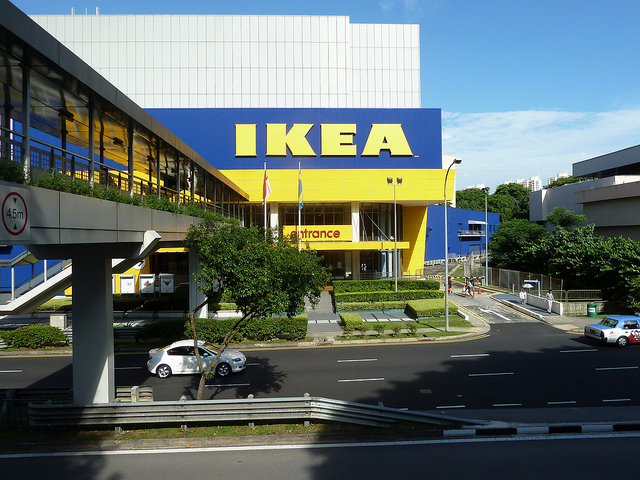
The IKEA Group has operations in 43 countries.
Total of 303 stores in 26 countries.In 2013, the IKEA Group stores had 684 million visits.The IKEA range consists of approximately 9,500 products.Every year IKEA launch about 2,000 new products. IKEA has 12 in-house designers and 60-70 external designers via contracts. IKEA is the synonym for do-it-yourself assembly furniture. This obviously lowers packaging cost, but there's more to IKEA's success. Every IKEA store has a warehouse. The main showroom is for customers to browse products. Then they can obtain the products themselves from the floor pallet location. Having customers to retrieve the packed items themselves is an inventory strategy called "cost-per-touch." Companies find that the more hands touch the product, the more costs are associated with it.
In-Store Logistics
Besides cost-per-touch,
IKEA
also relies on something unique regarding its product reordering. It has in-store logistics personnel handling inventory management.
These in-store logistics managers use a stock replenishment process called minimum/maximum settings for the reordering points.
Two factors are set for each product: the minimum amount of products available before reordering, and the maximum amount of a product to order at one time. Using
IKEA's
central inventory management software, logistics managers also have Point of Sale (POS) data of how much an item sells. The inventory management software also displays warehouse management, shipping, and distribution center data.
IKEA
uses separate high-flow and low-flow warehouse facilities. Products stocked in a low-flow facility are not in high demand. Operations there are mostly manual since workers won't be moving inventory around too much. For items stocked in high-flow facilities, storage and retrieval operations are more automated. This inventory strategy also reduces the cost-per-touch aspects of stock management. Every product is designed by
IKEA
itself so the company maintains control over manufacturing costs.
IKEA
seeks to use as few materials as possible to make a product while not compromising on quality or durability. By using fewer materials, the company cuts on transportation costs and get favorable supplier prices. This allows the company to stay competitive against other retailers in the industry as it continually seeks for advanced methods to streamline supply chain and inventory management.
Inventory Management Cooperation with Suppliers
Over the decade,
Walmart
has become the world’s largest retailer with the highest sales per square foot. This retail giant stocks products made in more than 70 countries, operates more than 11,000 stores in 27 countries around the world and manages an average of $32 billion in inventory.
Walmart
uses innovative technology to track inventory and restock their shelves, thus allowing the retail chain to cut costs. Strategically, the idea is to minimize links in the supply chain, sharing information with suppliers, and linking purchasing to sales in a more direct way. The technical backbone of
Walmart’s
supply chain innovation is inventory management software, which allows implementing automated re-ordering and cross docking and other inventory tactics. Cross-docking is the centerpiece of
Walmart’s
strategy to replenish inventory efficiently. It means products are loaded from inbound or outbound truck trailers right away without extra storage. Suppliers and manufacturers within
Walmart's
supply chain synchronize their demand projections under a collaborative planning, inventory forecasting, and stock replenishment scheme. The network of global suppliers, warehouses, and retail stores has been described as behaving almost like a single firm.
Competitive Advantage with Inventory Management Software
H&M
,
Zara
,
IKEA
, and
Walmart
are really large retail operations with tens of thousands of employees and numerous operations to run. They surpass the competition in supply chain optimization and strategic thinking. To make it work, they all use inventory management software as a backbone of operations. Back in then days, building the necessary software instruments meant a massive investment and in-house effort. Today, technology has created an environment where practically every company can optimize their business model and streamline processes.
In fact, even though the technology is becoming increasingly popular, it is still possible to gain a competitive advantage, taking advantage of a full business management software package.
What is Erply?
